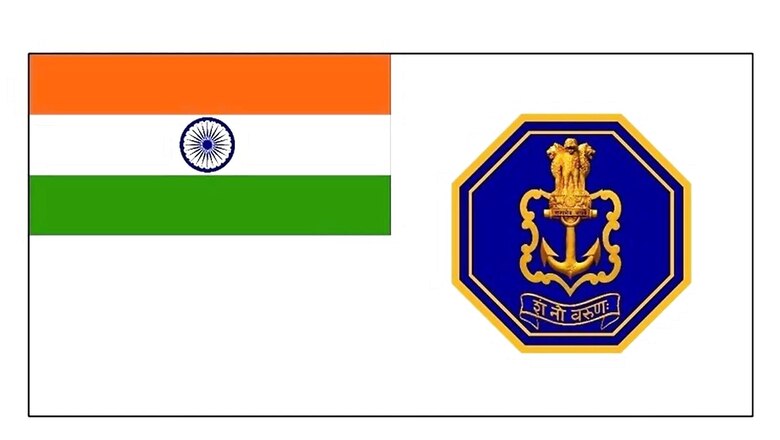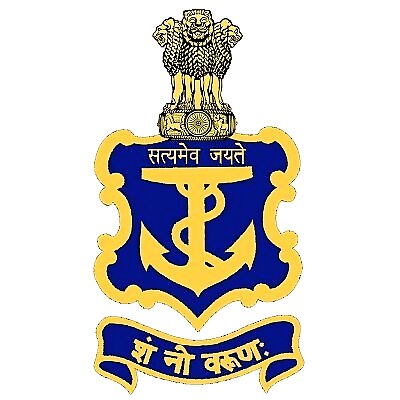
views
A major change in the Indian Navy’s new ensign—which had received little attention when it was unveiled earlier this month—might set the stage for a new naval crest as well, News18 has learnt.
The new naval ensign unveiled by Prime Minister Narendra Modi on September 2 on the sidelines of INS Vikrant’s commissioning ceremony in Kochi did away with the Saint George’s Cross, and introduced a blue octagonal shape encompassing the national emblem sitting atop an anchor. The national flag continued to remain on its upper canton.
While the national emblem atop an anchor in the naval ensign is drawn from the Navy’s crest, the new ensign has dropped the traditional fouled anchor which features in the naval crest.

Top government sources told News18 that like the Saint George’s Cross, the fouled anchor—also a colonial-era vestige—was dropped when the emblem was introduced in the new naval ensign.
“The fouled anchor which is part of the naval crest, is missing from the new naval ensign. This will set the stage for a new naval crest,” a source said, indicating that any such change can be declared formally within the next few months.
The fouled anchor
The fouled anchor—represented by an anchor entwined in rope—has its roots in British Naval Service traditions, even as some records say they were first used by the Scottish admirals.
As per available records, the insignia has reportedly been in use for over 500 years. Aside from India, the navies of several Commonwealth countries—such as the Royal Australian Navy and the Royal Canadian Navy among others—continue to have the fouled anchor as part of their insignia.
The fouled anchor is present on all naval uniforms, including peak caps, berets, belt buckles, and buttons.
In an officers’ mess, it is present along with the crest of the command it is in, and features in the Navy’s website, brochures, presentations, publications, and important communications.
The naval crest is also exchanged at important events with dignitaries of other countries.
In the early noughties, the crest was also present in the naval ensign of the Indian Navy.
A change in the naval crest which may involve doing away with the fouled anchor will mean changing it everywhere it features at present.
The new naval ensign
A change in the naval crest, if carried out, will follow the new naval ensign. The new ensign, as per the Navy, was planned to honour its “civilisational heritage”
The octagonal shape with twin golden borders encompassing the national emblem in the new naval ensign depicts steadfastness and is inspired from the seal of Indian emperor Chhatrapati Shivaji Maharaj who had a formidable naval force under his command with 60 fighting ships and over 5,000 men.
The octagonal shape represents eight directions and symbolises the multi-directional reach and multi-dimensional operational capability of the Indian Navy.
There has been an increasing push within the military to shed the last remnants of its colonial past. Earlier this year, the traditional hymn Abide With Me was dropped for the first time since 1950 in the Beating Retreat ceremony on January 29 and was replaced by the Hindi patriotic song Ae Mere Watan Ke Logon.
More such changes are in the pipeline.
Read all the Latest News India and Breaking News here




















Comments
0 comment